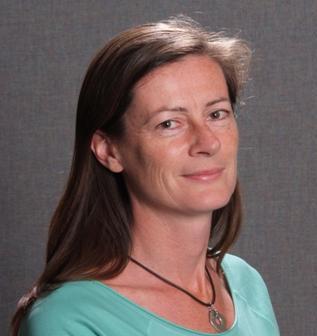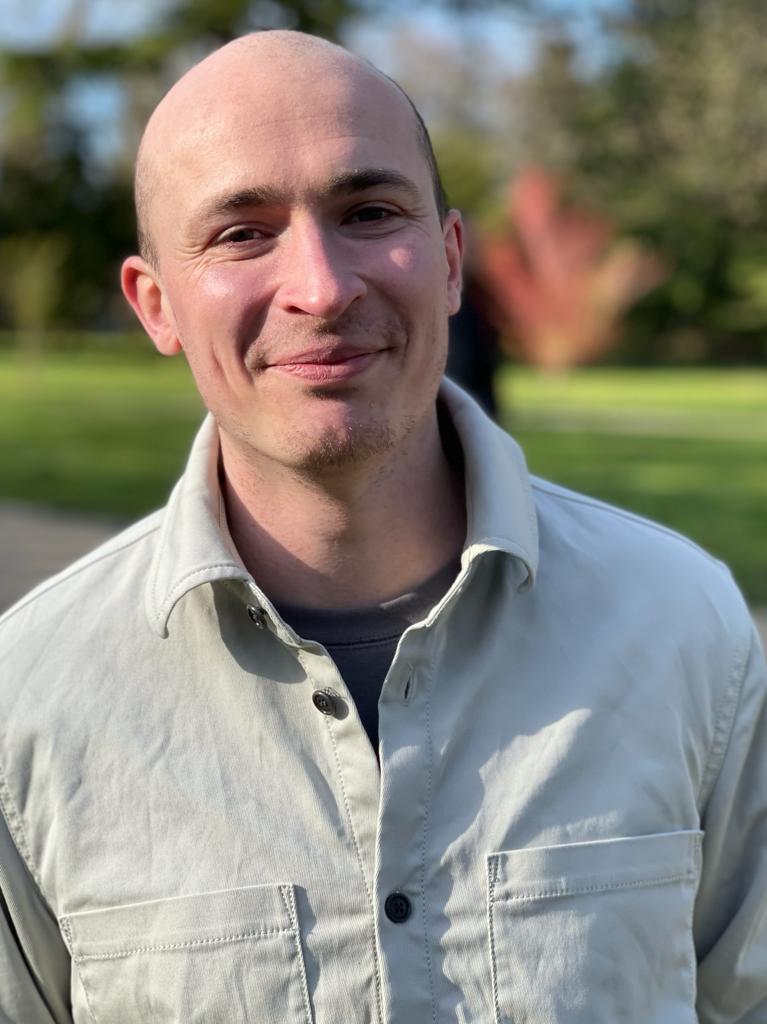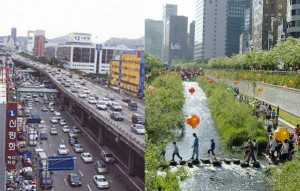The Festival of Ideas have invited partners and participants in the Festival of the Future City to contribute articles on areas of work they are engaged in of relevance to the upcoming events. Rich Pancost, Director of the Cabot Institute, blogs below.
 |
| Photo by David Iliff. License CC-BY-SA 3.0 |
Half of the planet lives in cities. By the middle of this century, that number will rise to nearly 75%, nearly 7 billion people. The decisions we make today will dictate whether those future cities are fit for purpose, whether they are just, sustainable, vibrant, resilient and pleasant. But those decisions must navigate an increasingly perilous web of urban complexity and global uncertainty.
The Nobel Prize winning physicist Niels Bohr famously said,
‘Prediction is very difficult, especially if it’s about the future,’
a quote that recognises and subverts the very nature of the scientific endeavour. Scientists aspire to understand something well enough that we can predict what will happen under certain conditions in the future, whether it be a chemical reaction or nuclear fission – or administering a drug or raising interest rates. In fact, prediction is the basis for all decision makers, not just doctors and engineers but mayors, CEOs, teachers and you. Whether it is predicting when you will run out of bread or predicting whether a residential parking scheme will bring about a net positive change to a congested city, we all make decisions based on what we think is about to happen or will happen if we take an action. In a simple world, we barely need to think about these things because the pattern has been reproduced numerous times or the solution will clearly address the challenge.

But we do not live in a simple world. We live in a complex world – an astonishingly complex world in which the landscape is changing faster than our ability to map it.
People are complex: our emotions, motivations, desires and fears make us notoriously (and wonderfully) difficult to understand and predict. Society is complex: our communities, whether they be geographical, historical, ethnic or religious, interact in marvellously messy ways. And most of all, our cities are complex. Beautifully, fantastically, unpredictably, frustratingly and vibrantly complex. Cities represent tens or hundreds or even thousands of years of ad hoc expansion, destruction and redevelopment; the accumulation of technological and infrastructural strata, from ancient paths, to great roads, to modern electrical grids, to smart city digital networks; and vast demographic changes including an aging population, migration, globalisation and a frightening increase in social inequality.
That is just the complexity within a city, but cities are not isolated from the rest of the world. They are nodes within a vast and increasingly complex global supply chain on which we depend for everything from our food and electricity to our culture and entertainment.
And adding yet additional layers of complexity are our global environmental and societal challenges. We are warming the planet and depleting it of vital resources. Those would be challenging enough given the complex interdependencies that now define 21st century society. Unfortunately, global warming could change our planet in ways that are unique in human history and possibly geological history. We have not experienced and our models cannot fully constrain this uncertain world. Forecasts for rainfall patterns, extreme weather events or food production are fraught with uncertainty – and by extension, so are forecasts for political insecurity and financial markets.

How does the complexity intersect and overlap, how do these systems merge, either dampening or enhancing their collective impacts? How will climate change and food insecurity, for example, exacerbate inequality? We do have tools for navigating these complex systems – ranging from cognitive shortcuts in decision making to community histories to sophisticated models. However, those are almost all based on experience, and experience loses value when the ground rules are changed. Our vast experiment with the Earth’s climate and ecosystem – making our world not just complex but complex and uncertain – makes it harder for scientists to predict the future, decision makers to plan and individuals to act with creative and empowering agency.
Of course, complexity need not be bad. Complexity and change can bring about positive challenges, shaking us out of complacency and inspiring creativity. Perhaps even more inspiring, complexity could be harnessed as a tool for connection rather than isolation. Although our interdependence makes us particularly vulnerable to conflict or instability on the far side of the planet, it also makes us all invested in one another’s lives. This also applies to the urban scale as exemplified by Bristol is Open, in which an additional layer of complexity – a publicly shared digital infrastructure managed by a smart city operating system – could generate new platforms for social cohesion. It could be a new set of cross-city linkages, a digital commons, or a shared lab for city-scale experimentation in which all of us are the scientists.
Ensuring how our complex cities thrive in an uncertain world is a rather exciting challenge that will likely require a range of solutions. During the Festival of the Future City we will explore both what it means to be a citizen in a complex city, how we navigate that complexity both on a personal and societal scale, and the new technologies that create both new challenges and new opportunities. In some cases, we should avoid unnecessary uncertainty, such as potentially devastating climate change. In others, we should harness the social and economic opportunities it presents. But in all cases, we ourselves must change. A more complex world requires a more resilient citizen or community, one that is empowered to learn, to improvise and to create.
—————————————–

















